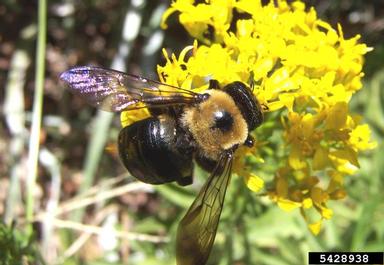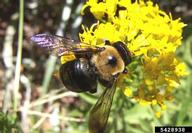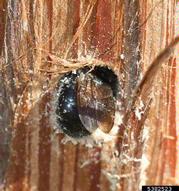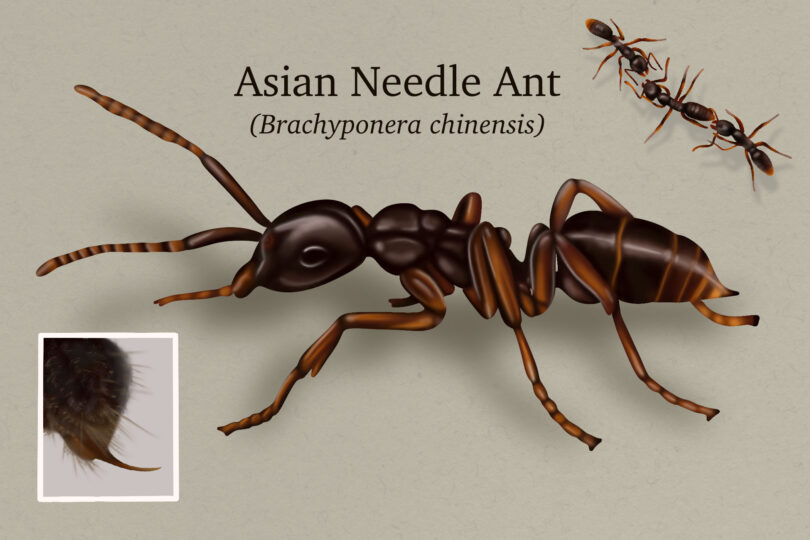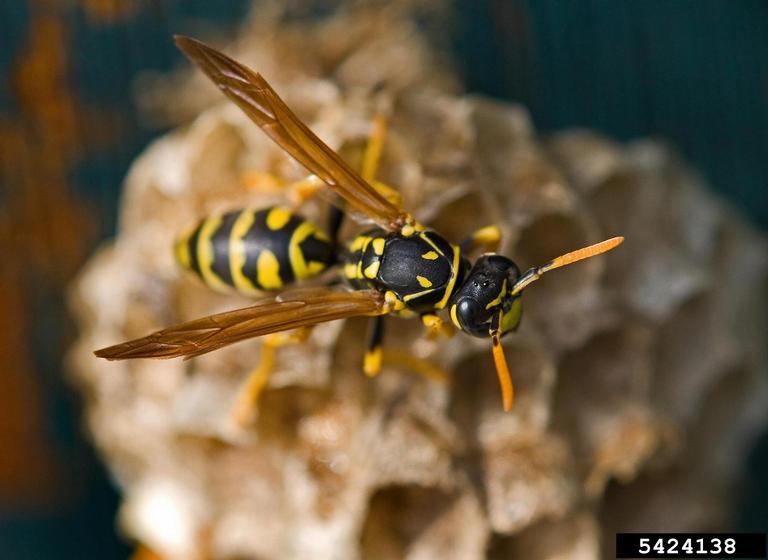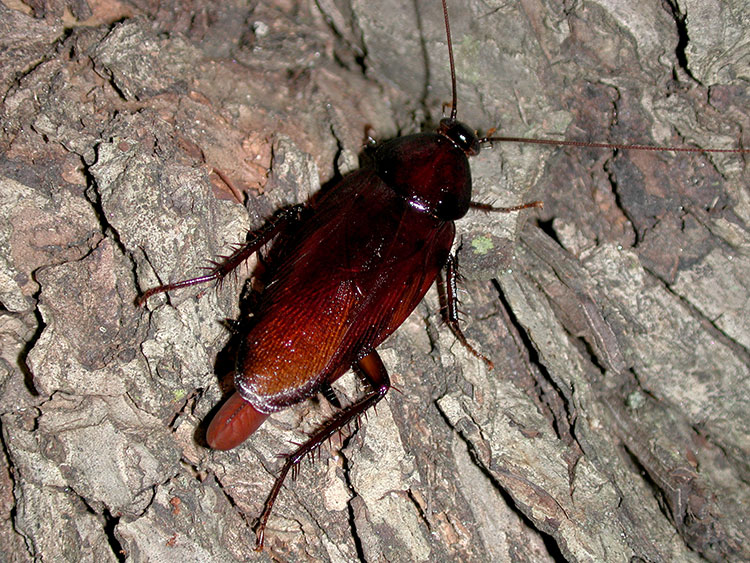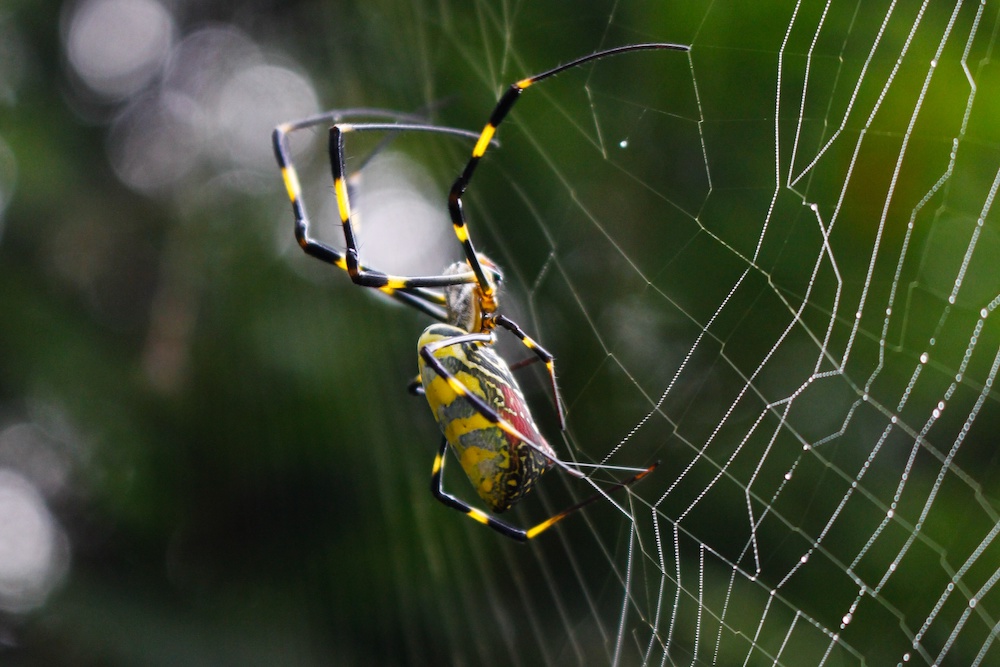Carpenter bees are a common sight this time of year and can cause aggravation for homeowners. The large, black and yellow bees begin emerging in March, April and May and can cause unsightly damage — and in some cases significant damage — to wooden structures like the eaves of houses, porches and decks.
The carpenter bee got its name because of its ability to tunnel in wood with its jaws. The female bees create half-inch, round holes in wood to lay their eggs. Some signs of carpenter bees are sawdust that can be found on the ground or on the surface of an object beneath the hole. The holes lead to short tunnels into the wood and run horizontally with the grain.
Trusses, overhangs, wooden decks and other exposed wood on houses attract the bees. Female carpenter bees looking to nest typically prefer bare, unpainted or weathered softwoods, but bees will still nest in wood that is treated or painted.
Unlike termites, carpenter bees do not consume wood as food. Instead, they gnaw tunnels to create nesting sites and overwinter in the tunnels.
Female bees lay eggs in the tunnels until the tunnels are full. Male bees do not drill tunnels, but they are protective of their territory. The male is distinguished from the female by a white spot on the front of the face. Although bumble bees and carpenter bees are often mistaken for one another, bumble bees have a hairy abdomen while carpenter bees have a bare, shiny black abdomen.
Along with their difference in appearance, carpenter bees can be seen darting and diving around as well as “chasing” each other. Female carpenter bees seldom sting but will if disturbed or handled. Male carpenter bees cannot sting, but they often become aggressive and frighten people by flying around their heads. Carpenter bees are also primarily solitary bees, whereas bumble bees are social bees that nest together.
Carpenter bee larvae are large and noisy. The noise they make may attract woodpeckers, which can do further damage to wood as they hunt for the larvae.
Control methods
If carpenter bees are not causing major damage around your home, consider leaving them alone. Although they are not primary pollinators for many plants, they are effective at pollinating many vegetable plants like eggplants, tomatoes and more. In case of severe damage, the following are three methods that can be used to control carpenter bees:
Prevention is key. Treat wood with thick coats of oil-based or latex paint or stain. It won’t make the wood “bee-proof,” but it does discourage the bees by making it less desirable to them.
Treat the tunnels. Carpenter bees are most likely to be in their tunnels in the late evening. Just before sunset, apply an aerosol insecticide inside the hole that the carpenter bee has drilled, wait 24 hours, then plug the hole with dowel rods, plastic wood, caulk or other suitable material. Do not plug the holes without treating the inside first because the bees will simply drill their way out and all of your time and energy will have been wasted.
Use traps. Carpenter bee traps are available at most lawn and garden centers, but results vary regarding their effectiveness.
For more information about carpenter and other pollinating bees, visit bees.caes.uga.edu. To choose an appropriate insecticide or determine the best control method for your property, contact your local University of Georgia Cooperative Extension office or visit extension.uga.edu.

